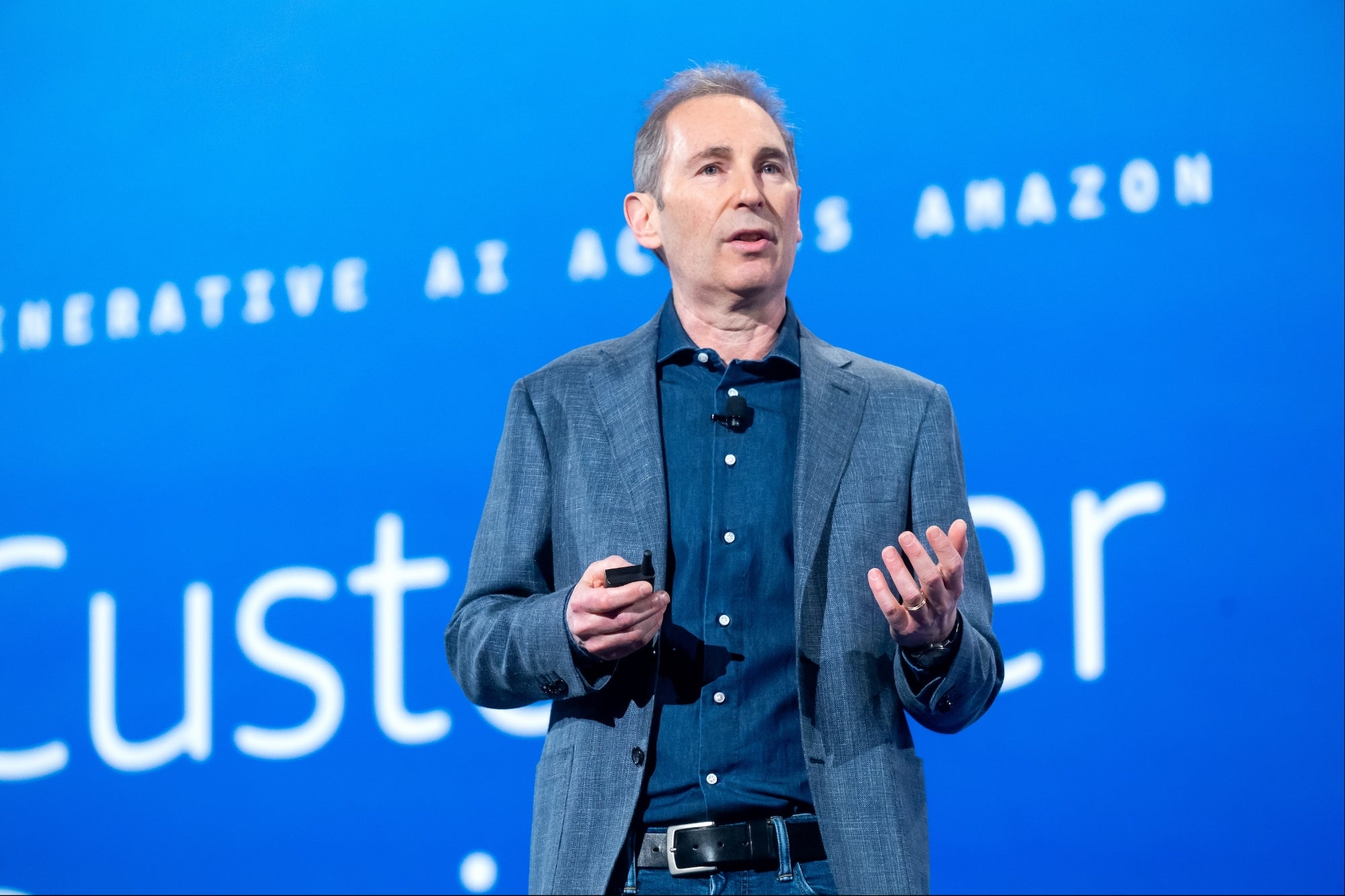Role Of Data Analytics In the Lending Sector Sanctioning a loan depends on two things-the customer's ability and intent to pay. Getting these two things right separates the successful lenders from failures
Opinions expressed by Entrepreneur contributors are their own.
You're reading Entrepreneur India, an international franchise of Entrepreneur Media.

"Data' is the new oil, which powers everything in today's world. However, unlike oil, it is available in abundance. So, now, it's a must for every business to adopt a data strategy which includes data collection, storage, analysis and relevant usage. More and more businesses are realizing this fact and becoming data-driven and the ones in the lending sector are no exception.
For the lending industry, sanctioning a loan depends on two things—the customer's ability and intent to pay. Getting these two things right separates the successful lenders from failures. In the past, lenders used limited data, a set of policies and processes to answer these two questions. Today, almost all kinds of data, from transaction data to social media data, can be used for making these lending decisions. And added to that, sophisticated data analytics tools make it possible to understand and act on this data in ways that were unthinkable before. Here's how the lending sector can benefit from data analytics.
Selection of customers
One of the most significant advances brought about by data analytics is in customer segmentation, which is now more sophisticated and productive than ever. The success of lending services depends upon offering the right services to the right customers. Data analytics help businesses identify customer's spending patterns, financial behavior, and the types of services they are most likely to choose. If businesses become more data-driven, they will be able to gain these relevant insights about consumers and effectively target their marketing pitch and offers to the relevant base.
Creation of offer
If the rate of interest, tenure and amount is customized to the individual level, businesses can achieve optimized loan allocation and pricing. For example, if a borrower has a poor credit history, then the loan offered to him might be of high-interest rate and with sufficient collateral. Simultaneously, a borrower with excellent credit history and stable income might be offered a low-interest loan. With data analytics, lenders can now create customized loan offers for each customer in real time. Offering such personalized offers help lending businesses to greatly increase their conversion rates.
Probability of delinquency
Sometimes, borrowers, who appear as the perfect candidate based on their past behaviors, can show erratic payment and financial behavior, once their loan is approved. This is very difficult to predict at the time of loan origination. But this behavior jeopardizes the chances of full principal repayment along with interest, putting banks and other lending institutions in trouble. Delinquency prediction models, which use various data including past loans, transaction records, number of times a borrower had not paid in full, number of times they have gone way past the due date of payment etc., can mitigate that. It helps in deciding renewals of credit lines and ascertaining if the customer can stick to their repayment schedule. Thus, by leveraging the power of data, lenders can significantly lower their risk and take corrective actions faster.
Collection strategies
Lending institutions can apply data analytics to customer data to better understand their behavior and characteristics to maximize collection yields from each of them. In the traditional collection process, lending businesses segregate customers into few risk categories and set different contact strategies for each. By using advanced data analytics tools, businesses can move to a deeper, more nuanced understanding of their customers. Based on data sources including debtor demographics, account activity, collections and risk ratings, customers can be classified into micro segments and more effective interventions can be carried out.
Probability of fraud
Credit fraud has been one of the biggest concern of banks and other lending businesses. Thankfully, today data from an array of data sources such as Aadhaar, mobile usage, social media presence and usage, etc., can help validate a customer's identity and authenticity. Mobile app data analysis offers continuous check on potential fraud scenarios even after loan has been approved.
Workflow automation via ML models
Machine learning models can help in decision making for every workflow predefined by the bank. Any part of the loan processing including customer segmentation, loan pricing approval and loan monitoring can be automated. This can substantially reduce costs and time associated with internal loan processing and turnaround.
With multiple data sources and vast volumes of data, it makes sense for most businesses to invest in a data warehouse or data lake with relevant tools. Geoffrey Moore, author of the books Crossing the Chasm and Inside the Tornado points out: "Without big data analytics, companies are blind and deaf, wandering out onto the Web like deer on a freeway."
This is indeed the case, especially for the lending sector. In this rapidly changing environment, adopting data analytics and embedding it in right business processes will separate leaders from laggards.










